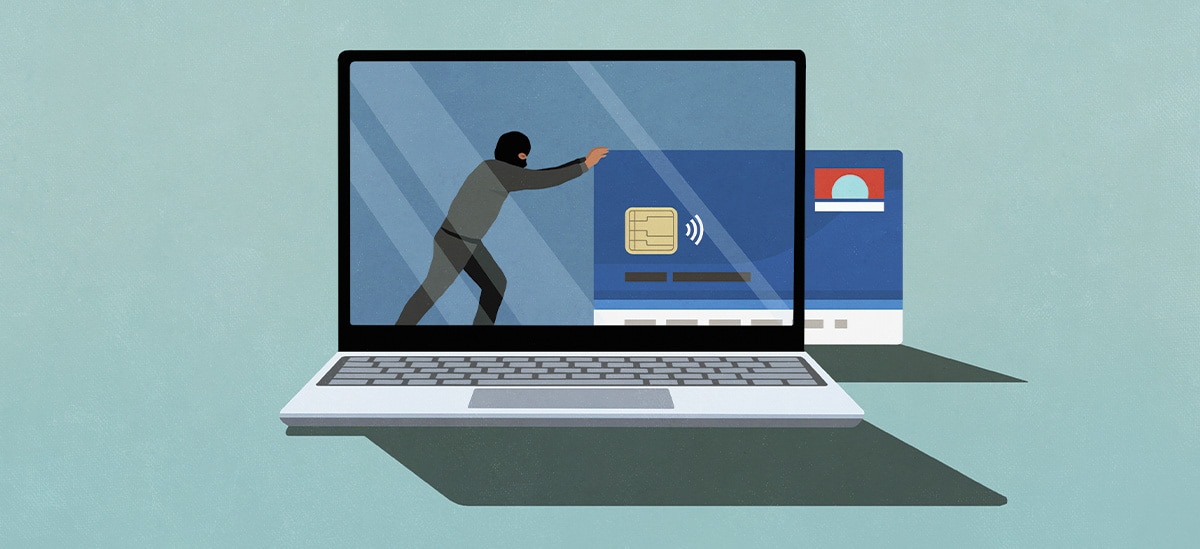It goes without saying that both economic prosperity and downturn can happen quickly. For example, one poll found that only a little over one-quarter (27%) of small business owners call the economy "excellent or good."[1] Meanwhile, another survey found that 38% of small business owners were more worried about their businesses heading into 2024 than they were in 2023.[2]
Whether the issue is inflation, interest rates, labor woes or consumer slowdown, business owners can’t always predict when an economic change will throw them a curveball. That doesn’t mean they shouldn’t always be planning for it, though. Ensuring that your small business can weather whatever the economy throws your way means abiding by a few specific rules. One of the most important ones is managing your cash flow so that you have enough liquid cash available should you need it immediately. Still not convinced? One survey found that more than six in 10 business owners said they dipped into their business savings to stay afloat in 2023.[3]
Here are some things to consider when it comes to figuring out exactly how much cash you should keep in accessible accounts.
- What are your monthly expenses? As with personal finances, most experts still recommend that businesses keep anywhere from three-to six-months’ worth[4] of cash in liquid form to cover their expenses during that amount of time, should they need to. If you don’t already know what your monthly expenses are, now is a great time to gather that information together. Include things like rent, payroll, and inventory, for example.
- What could you get by with if you needed to? The above calculations will give you a good idea of how much you need per monthright now.It helps to also consider where you could cut back if you absolutely needed to (moving to a smaller space, or a work-from-home situation, for example). If the first number was too scary to imagine reaching, start with the scaled-back version and make plans to grow your savings from there.
- How does your industry play into your cash flow? Having three- to six-months’ worth of expenses on hand is a great place to start, but it doesn’t necessarily give you the full picture. Consider, for example, a ski shop. Maybe the owner of a local snow sports supplier should plan to have more cash on hand during their busy winter months than they would during the summer. If that’s the case, then it's best for this small business owner to calculate their monthly expenses based on a winter month, not a summer one. They also might consider saving as much as possible during the on season, rather than coming up with a plan to save the same amount throughout the year.
- What about your debts? Any outstanding debts — like payments for rented equipment — should have been taken into consideration with your monthly expenses. It’s also worth considering, though, if there’s a way for you to pay those off more quickly. This will bolster your savings by lowering your monthly needs at the same. Don’t be afraid to get creative. For example, have you considered trading for services instead of buying?
- Have you revisited your cash reserve plan lately? The business world moves quickly, and what passed as a safety net for your small business six months ago might not be the same as it is today. That’s especially true if your business has grown in some way — if you’ve added locations or staff or you’ve branched out to offer new services or products — for example. It’s smart to review the state of your finances at least every year — or after any big changes — to see if all the numbers still add up. Tools like PNC’s Cash Flow Insight® can help you.
Once you’ve determined how much money you need, keep it in an account that allows you to gain access to it quickly. Usually within 90 days should suffice. Something like a high-yield savings account (HYSA) can help you keep the money safe and separate while growing interest at the same time.
Remember, it’s never too early or too late in your small business journey to start planning for any financial need. Start by exploring your cash flow management options with PNC Bank today.
Narrator: Cash flow is like the circulatory system of a business. Small business owners know that economic prosperity and downturn impact cash flow quickly. So how can you predict cash flow months from now? And how does that translate into how much cash you should save today? Consider these factors. What are your monthly expenses?
Make sure you have access to three to six months worth of cash for expenses like rent, payroll, and inventory. Could you scale back? What expenses could you do without if needed? This number might feel more attainable. Consider your industry. If you're busier during certain seasons, take that into consideration when crafting your cash flow strategy.
Calculate your debts. Paying down debts more quickly can lower monthly outlays, and you can explore more flexible payment options. Finally, your safety net now might not work in six months. Review and revise your finances at least every year. Learn more on PNC Small Business Insights at pnc.com/businessinsights.




